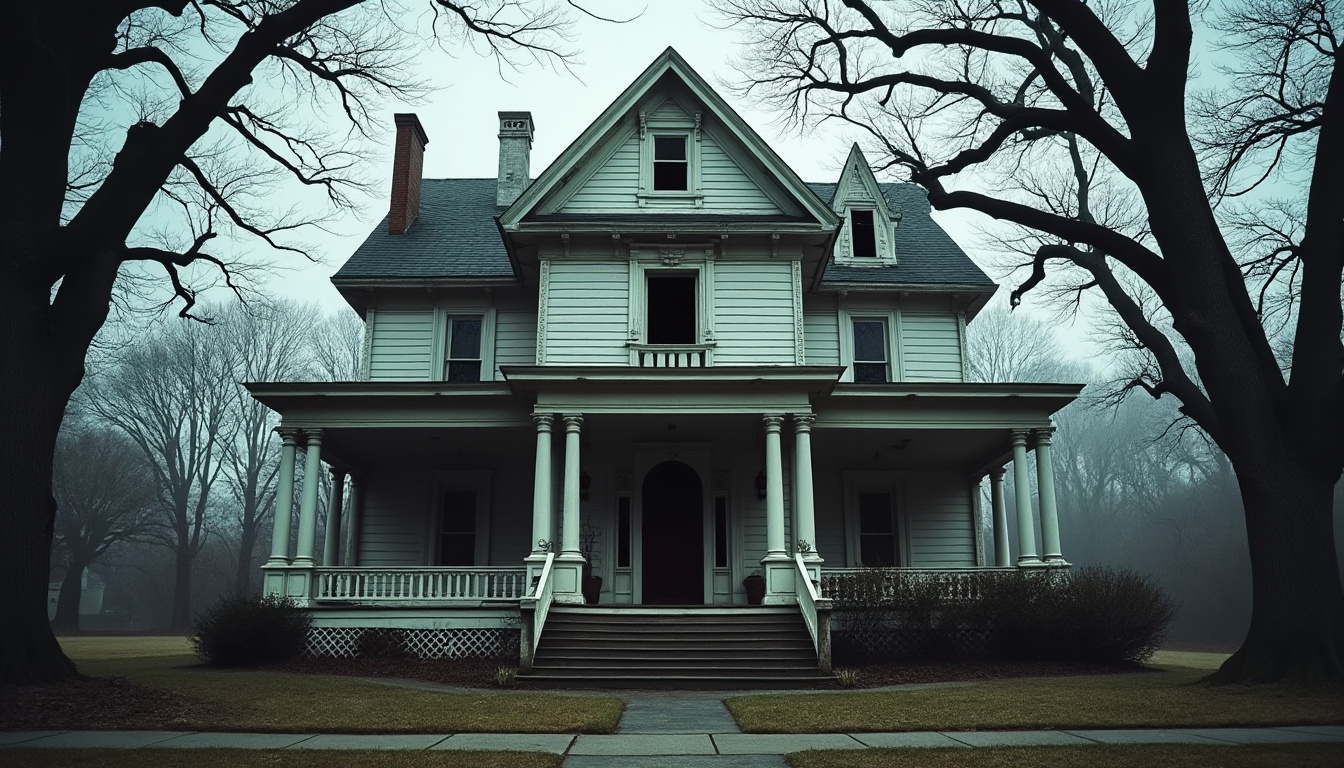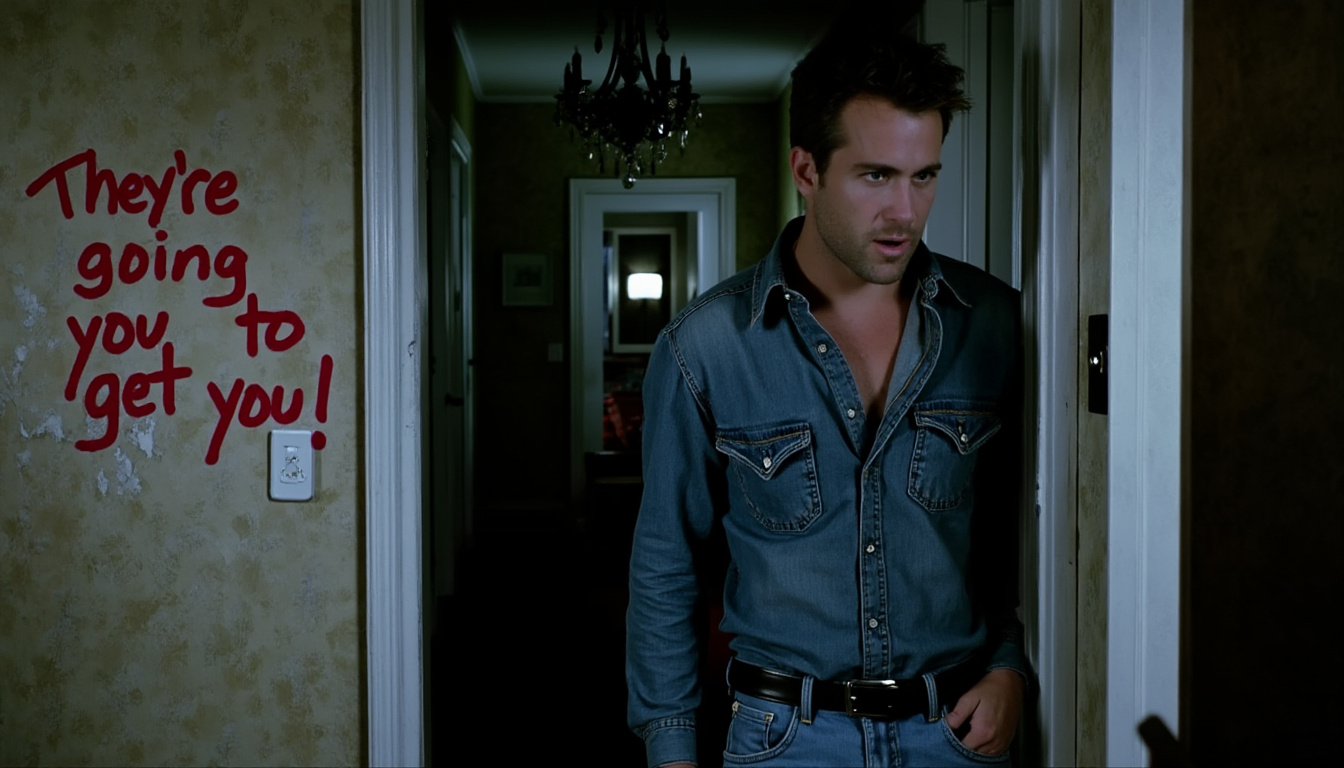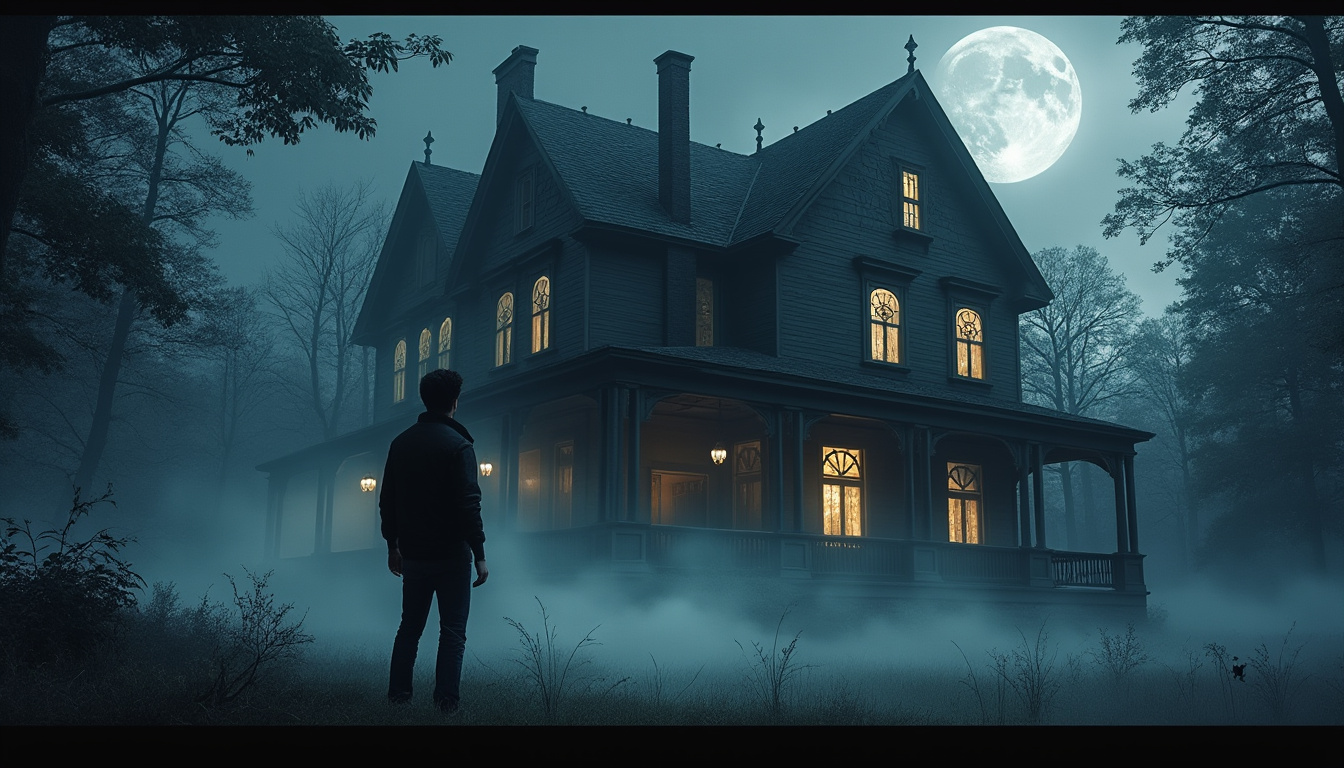The legacy of horror films is often built on the foundation of strong narratives, psychological thrills, and, of course, a touch of the supernatural. One movie that stands out in this genre is The Amityville Horror, particularly the 2005 remake starring Ryan Reynolds. Twenty years after its release, the film continues to invoke a wide array of emotions and opinions, so much so that it has become a focal point for discussion among fans of horror films. While some dismiss it for lacking the authenticity of its 1979 predecessor, others find in it an engaging approach to classic horror. This article delves into why the 2005 remake remains a captivating piece of cinema, exploring its stylistic choices, cultural impact, and the uniquely haunting performance by Reynolds.
Amityville: The Birth of a Horror Franchise
The Amityville Horror franchise can be considered a cornerstone of modern horror cinema. Originating from a tragic real-life event—Ronald DeFeo Jr.’s horrifying massacre of his family in the house at 112 Ocean Avenue—the narrative has spawned an extensive number of sequels, spin-offs, and remakes. Each retelling brings its unique flair; however, the evolution often elicits both admiration and scorn among hardcore fans. With a plethora of ghosts and demons doing battle across the various portrayals, the franchise has almost become a running gag in the horror community.

The original film, produced in 1979, set the groundwork with a compelling story woven around the Lutz family’s experiences in their new home. It offered a slow-building sense of dread that many horror enthusiasts still praise today. In contrast, the 2005 remake aimed to deliver a quicker jolt of terror, bringing with it stylistic choices that can be polarizing.
While some argue that the remake sacrifices the intimate unease found in the original for flashy spectacles and jump scares, it undeniably taps into the primal fears associated with the supernatural. Audiences are introduced to George and Kathy Lutz, played by Reynolds and Melissa George, who become unwitting victims of the home’s dark past. By integrating modern horror techniques—like rapid editing and aggressive jump scares—the film aims to resonate with a younger generation, even if it does so at the risk of losing subtlety.
Key Elements of The Amityville Horror Franchise
- Origins in real-life tragedies
- Numerous sequels and remakes, creating a complicated legacy
- Distinct narrative shifts that influence viewer reception
- Defining elements of supernatural horror
The Supernatural Influence: 2005’s Approach
What sets the 2005 film apart is its take on the supernatural elements that invade the Lutz family’s new residence. The ghosts and demons are visibly more aggressive compared to the implied terror of the original film. Characters frequently encounter malevolent forces, and rather than merely hinting at these occurrences, the remake showcases them in vivid detail.
The 2005 version also takes liberties regarding the psychological effects of horror on its characters. George Lutz’s descent into madness is shown more dramatically, and audiences witness his gradual transformation from a devoted husband to a man consumed by rage. This portrayal heightens the film’s tension, making viewers question whether the true horror lies within George himself or the forces manipulating him from the shadows.
Major Supernatural Elements in the Remake
| Element | Impact on Characters | Viewer Reception |
|---|---|---|
| Ghostly apparitions | Prompts George’s aggression | Polarizing; some prefer subtler hints |
| Fleeting hallucinations | Creates psychological instability | Heightens tension |
| Supernatural entities | Acts as a catalyst for chaos | Mixed reviews on execution |
Character Dynamics: Ryan Reynolds and the Lutz Family
At the center of the film’s narrative is Ryan Reynolds, who brings a depth to George Lutz that many viewers may not have expected from an actor typically known for his comedic roles. The film marks an important turning point in Reynolds’ career. With a departure from his usual charm, audiences witness a more intense and aggressive portrayal of a man unraveling due to external and internal forces.

Reynolds delivers lines that hint at George’s boiling frustration, often veering into darkly humorous territory. His chemistry with the children, particularly with Jesse James and Chloe Grace Moretz, rounds out the family’s struggles as they navigate the house’s ominous atmosphere. For instance, his character openly grapples with the conflict of wanting to be a good father while succumbing to the terror engulfing him. The director’s choice to isolate Reynolds from the child actors outside of their scenes is an intriguing tactic that, albeit somewhat controversial, assists in painting George as increasingly disconnected and chaotic.
Character Relationships Highlights
- George Lutz’s gradual decline into madness
- Kathy Lutz’s struggle to maintain family harmony
- The children’s emotional turmoil reflecting the family’s situation
- Interactions with paranormal elements strain familial bonds
Reimagining Kathy Lutz: Strength Amid Chaos
While Reynolds delivers a captivating performance as George, Melissa George’s portrayal of Kathy Lutz is equally noteworthy. Kathy’s character is woven with strength and determination. Faced with her husband’s escalating aggression and the uncanny happenings in their home, she finds herself at a crossroads. Kathy’s arc is ultimately about more than just survival; it conveys the despair and courage of a mother willing to fight for her children.
Kathy’s interactions with Father Callaway, played by Philip Baker Hall, serve as a pivotal point in the narrative. As reality unravels for her family, she turns to faith in search of salvation, highlighting a deeper thematic element of the struggle against anti-supernatural forces. This journey, enhanced by strong performances, taps into viewers’ emotions and reflects on their own fears regarding family and trust.
Key Aspects of Kathy Lutz’s Character Development
| Aspect | Development | Viewer Impact |
|---|---|---|
| Maternal instincts | Fights for her children’s safety | Resonates deeply with audiences |
| Relationship with George | Fluctuates between love and fear | Heightens emotional stakes |
| Search for help | Calls on faith to combat evil | Engages viewers spiritually |
Modern Horror Techniques: A Cinematic Experience
The 2005 remake stands out for its utilization of modern horror filmmaking techniques. The film’s fast-paced narrative and aggressive jump scares cater to a contemporary audience desiring immediate gratification. While some critics argue this undermines the suspense typical of classic horror, others appreciate the film’s reimagined aspects, enhancing its overall cinematic experience.
Specifically, the film adopts techniques such as rapid cuts, disorienting camera angles, and intense sound design to create an atmosphere of relentless tension. The art direction adds a visually striking quality, reflecting the chaotic transformations happening within the characters and their environment. Some traditional horror enthusiasts may find fault in sacrificing emotional depth for spectacle, yet the experience can be undeniably gripping for new audiences.
Modern Horror Techniques Implemented
- Fast-paced narrative structure
- Intense soundscapes and audio design
- Innovative cinematography
- Vivid visual effects to depict supernatural elements
Simplifying Horror: Jump Scares vs. Emotional Depth
In examining the film’s effectiveness, one must address the balance—or lack thereof—between jump scares and emotional engagement. Contemporary horror often resorts to cheap shocks, which can detract from a film’s deeper emotional themes. In The Amityville Horror, the reliance on quick scares, while perhaps eye-catching, sometimes overshadows the psychological depth that could otherwise enhance the viewing experience.
This brings into question whether future horror films will favor visual spectacle over substantive storytelling. This tension resonates with audiences who appreciate both aspects of filmmaking, straddling the line of horror’s various sub-genres; some crave adrenaline-filled spectacles, while others yearn for psychological thrillers that explore fear at a more profound level.
Components of Effective Horror Film Techniques
| Technique | Effect on Audience | Long-term Legacy |
|---|---|---|
| Jump scares | Immediate shock value | Often forgotten after viewing |
| Psychological depth | Creates lasting fear | Engages viewers long-term |
| Atmospheric tension | Enhances suspense | Can redefine future horror |
Cultural Impact and Lasting Reception
As the years have passed since its release in 2005, The Amityville Horror remake has carved out a unique niche in pop culture. It’s become a reference point in discussions about horror remakes, often cited when analyzing their commercial viability and audience reception. Critics may scrutinize the effectiveness of various elements, but one cannot ignore the film’s commercial success, grossing over $91 million against a relatively modest budget.
Moreover, the film has sparked conversations around the ethics and validity of adapting “true stories” in horror cinema. This issue comes to light particularly through the lens of the original Lutz family’s claim and subsequent controversies regarding the legitimacy of their experiences. The film’s execution—combining anecdotal horror with glaring visual effects—has encouraged audiences to navigate the thin line between reality and dramatization in cinematic storytelling.
Cultural Conversations Surrounding The Amityville Horror
- Discussions about the ethics of horror adaptations
- Analysis of the commercialization of true stories
- Reflections on audience reception of psychological horror
- Reevaluation of franchise legacy
The Enduring Allure of Ryan Reynolds’ Performance
In examining the cultural impact of this film, it becomes evident that Ryan Reynolds’ commanding performance also plays a crucial role. His evolution from comedic roles to that of a troubled husband resonates with audiences who appreciate the complexities of human emotion under stress. This shift reflects an important trend in the industry, wherein actors transcend genres and forge multifaceted careers, often leading to impressive versatility.
Fans of horror films often find catharsis in the portrayal of complex and flawed characters like George Lutz, recognizing their struggles in a supernatural context as tangible representations of real-life challenges. This dynamic between Reynolds’ performance and the film’s narrative underlines just how important character arcs are for engaging audiences deeply.
Key Factors Behind Ryan Reynolds’ Cultural Impact
| Factor | Impact | Future Implications |
|---|---|---|
| Versatile acting range | Attracts diverse audiences | Potential for more complex roles |
| Post-remake career growth | Expands fanbase beyond horror | Encourages genre-blending |
| Cultural resonance of characters | Establishes deep connections | Future projects may reflect similar themes |
With time, The Amityville Horror remake has undeniably established itself as a significant contributor to discussions regarding horror films, psychological thrillers, and the cinematic experience as a whole. Its balance of modern stylistic choices with traditional elements of storytelling allows for a unique encounter with the supernatural. While some elements may not resonate with every viewer, its cultural impact and faithfulness to the allure of horror cannot be denied. Those who seek to revisit this film or experience it for the first time are encouraged to delve into this unique film remake that continues to captivate audiences.


